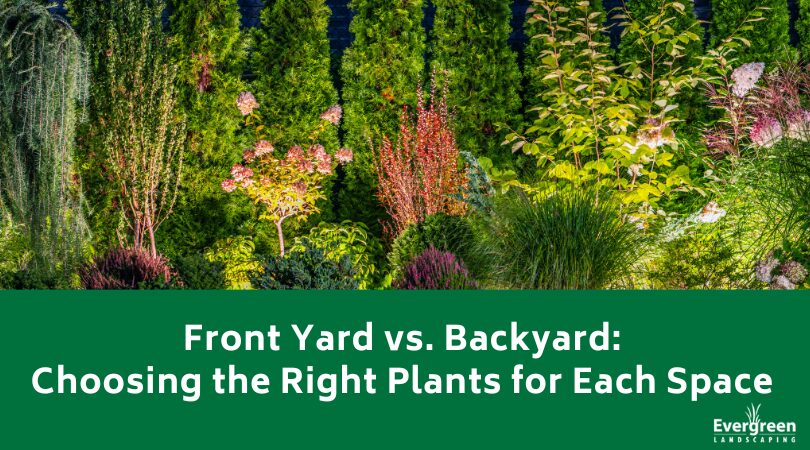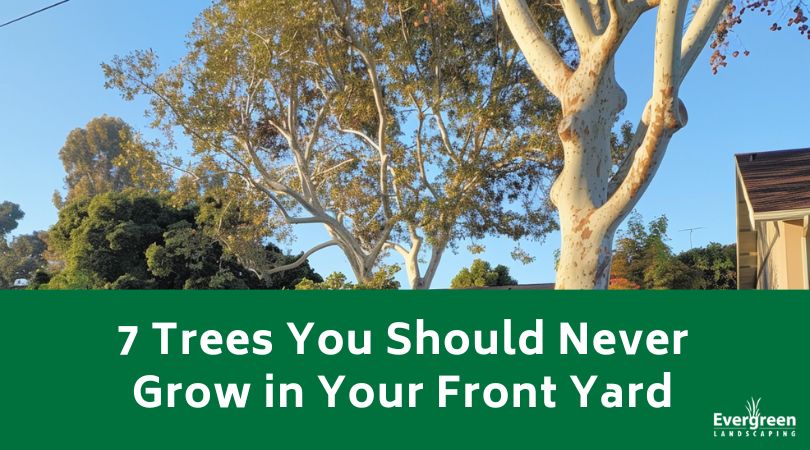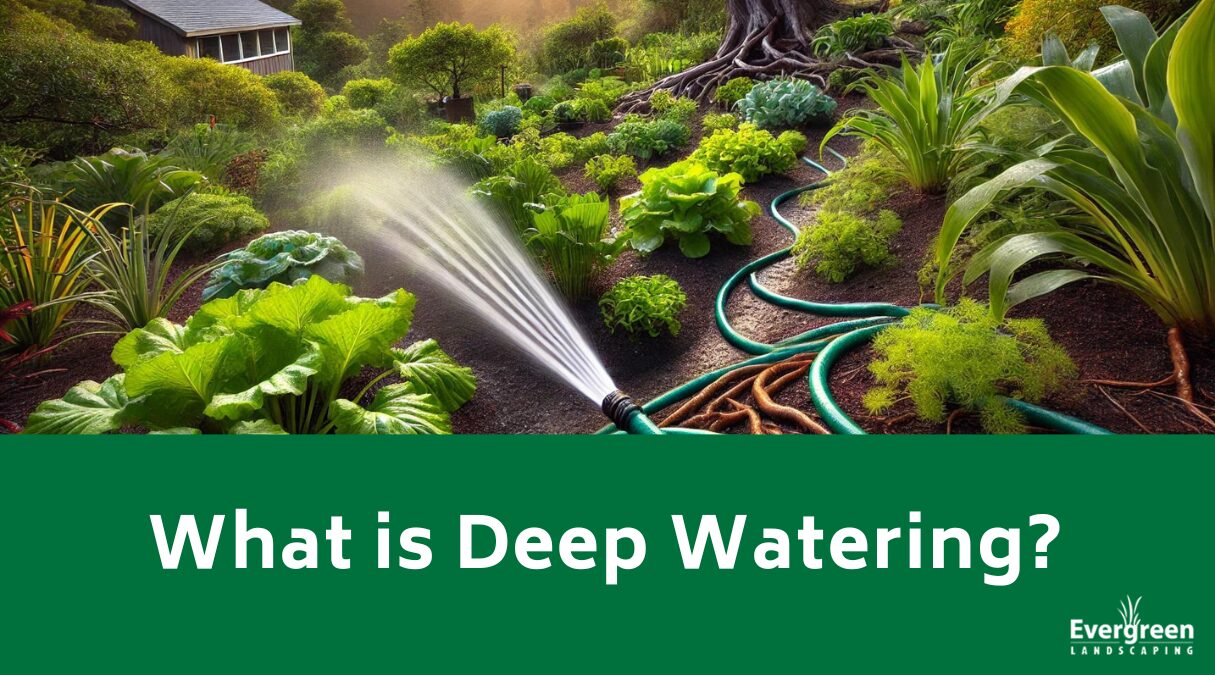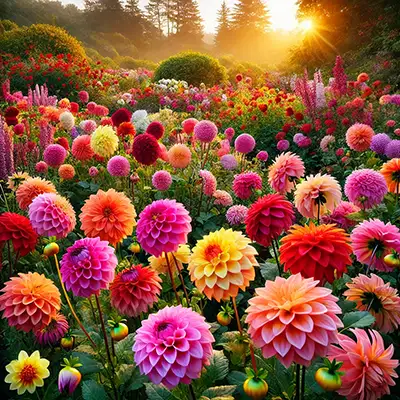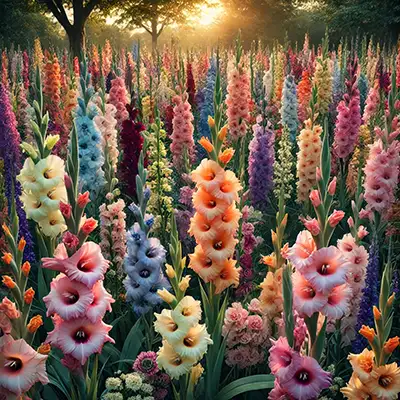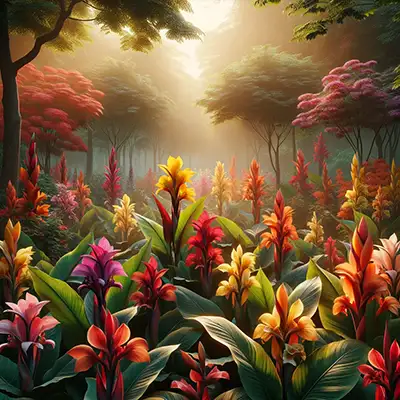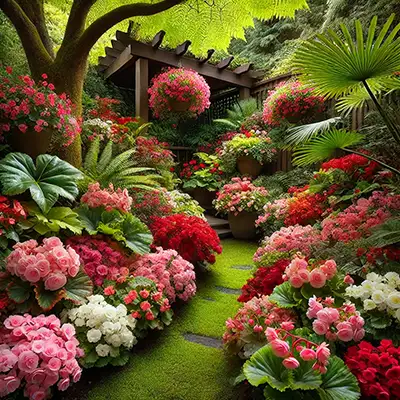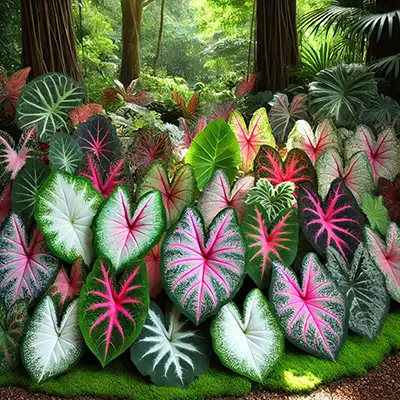Efficient Irrigation Systems for a Water-Wise Landscape
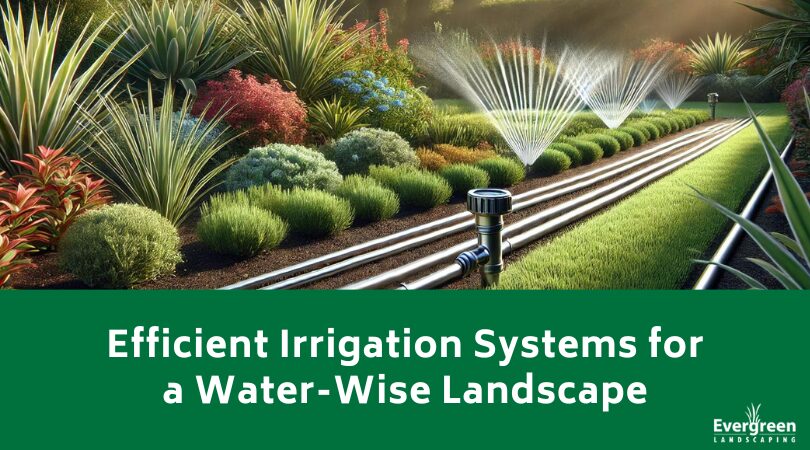
Water conservation is a key concern for Central Coast California homeowners, where drought conditions can significantly impact landscaping. Installing an efficient irrigation system is essential for maintaining a healthy, thriving landscape while reducing water waste. In this blog, we’ll explore the importance of efficient irrigation systems, the different types available, and tips for conserving water in your yard.
1. Why Efficient Irrigation Matters
Efficient irrigation is crucial in areas prone to water scarcity, like Central Coast California. Overwatering not only wastes water but also harms plants by drowning roots and promoting disease. On the other hand, under-watering can lead to dry, unhealthy plants. An efficient irrigation system ensures your landscape gets the right amount of water at the right time, reducing water waste and helping plants thrive.
- Environmental Benefits: Proper irrigation reduces water waste, conserving a valuable resource and minimizing the environmental impact of your landscape.
- Cost Savings: By preventing over-watering, homeowners can save on water bills. With water costs rising, efficient irrigation pays for itself over time.
- Healthier Plants: Efficient watering provides plants with the optimal amount of moisture, promoting healthier root systems and more vibrant landscapes.
2. Types of Efficient Irrigation Systems
Several types of irrigation systems are available, each offering different benefits for water conservation and plant health. Choosing the right one for your landscape depends on factors such as plant types, soil conditions, and the layout of your yard.
- Drip Irrigation:
Drip irrigation is one of the most water-efficient methods, delivering water directly to the base of each plant. This system uses a network of tubes with emitters that release water slowly and precisely, minimizing evaporation and runoff. Drip irrigation is ideal for garden beds, shrubs, and trees.- Benefits: Highly efficient, minimizes water waste, reduces evaporation.
- Best For: Flower beds, vegetable gardens, shrubs, and trees.
- Soaker Hoses:
Similar to drip irrigation, soaker hoses slowly release water along their length, allowing it to seep directly into the soil. These hoses are flexible, making them easy to install around plants. They work well in garden beds or areas with dense plantings.- Benefits: Easy to install, good for dense plantings.
- Best For: Garden beds, small shrubs, and rows of plants.
- Sprinkler Systems:
Traditional sprinkler systems distribute water across larger areas. While not as efficient as drip systems, modern sprinkler designs can reduce water waste. Look for sprinklers with adjustable heads or rotary nozzles that allow for precise watering and minimize overspray. Smart sprinkler controllers that adjust watering schedules based on weather conditions can also enhance efficiency.- Benefits: Covers larger areas, flexible for lawns and open spaces.
- Best For: Lawns, open landscapes, and groundcovers.
- Smart Irrigation Systems:
Smart irrigation systems use sensors and weather data to adjust watering schedules automatically. These systems ensure that plants receive the right amount of water based on weather patterns and soil moisture levels. Smart controllers can be added to existing systems, making them an easy upgrade for more efficient watering.- Benefits: Automatically adjusts watering based on real-time data, prevents over-watering.
- Best For: All types of landscapes, especially those prone to changing weather conditions.
3. Water Conservation Tips for Your Landscape
In addition to installing an efficient irrigation system, there are several practices you can adopt to make your landscape more water-wise:
- Water Early in the Morning:
Watering your plants early in the morning reduces evaporation, allowing more water to reach the roots. Avoid watering during the heat of the day when water evaporates quickly. - Mulch Your Plants:
Mulching garden beds helps retain soil moisture and reduces the need for frequent watering. Organic mulch, such as bark chips or compost, not only conserves water but also enriches the soil as it decomposes. - Group Plants by Water Needs:
Grouping plants with similar water requirements together makes it easier to water efficiently. This practice, known as hydrozoning, ensures that plants receive the appropriate amount of water without over-watering some and under-watering others. - Check for Leaks:
Regularly inspect your irrigation system for leaks or clogged emitters. A small leak can waste significant amounts of water over time, so timely repairs are essential for maintaining efficiency. - Adjust Watering Based on Weather:
During cooler months or rainy periods, reduce the amount of water your landscape receives. Smart irrigation controllers can automate this process, but manual adjustments are also effective.
4. Benefits of a Water-Wise Landscape
By implementing efficient irrigation and water conservation practices, you can enjoy a landscape that thrives while conserving water. A water-wise landscape not only helps the environment but also ensures that your plants are healthier and more resilient to drought conditions.
- Sustainability: Efficient irrigation promotes sustainable landscaping practices, helping conserve water and protect natural resources.
- Healthier Plants: Plants that receive the right amount of water are better equipped to handle heat, pests, and other stressors, resulting in a more vibrant and healthy garden.
- Cost Savings: Reducing water waste means lower water bills and long-term savings, making efficient irrigation systems a smart investment for homeowners.
Efficient irrigation systems are essential for maintaining a healthy, water-wise landscape in Central Coast California. By choosing the right irrigation method—whether it’s drip irrigation, sprinklers, or smart systems—and adopting water-saving practices like mulching and hydrozoning, homeowners can conserve water while keeping their landscapes lush and vibrant.
Contact Evergreen Landscaping today for a free consultation on how to create a water-wise landscape with an efficient irrigation system.




